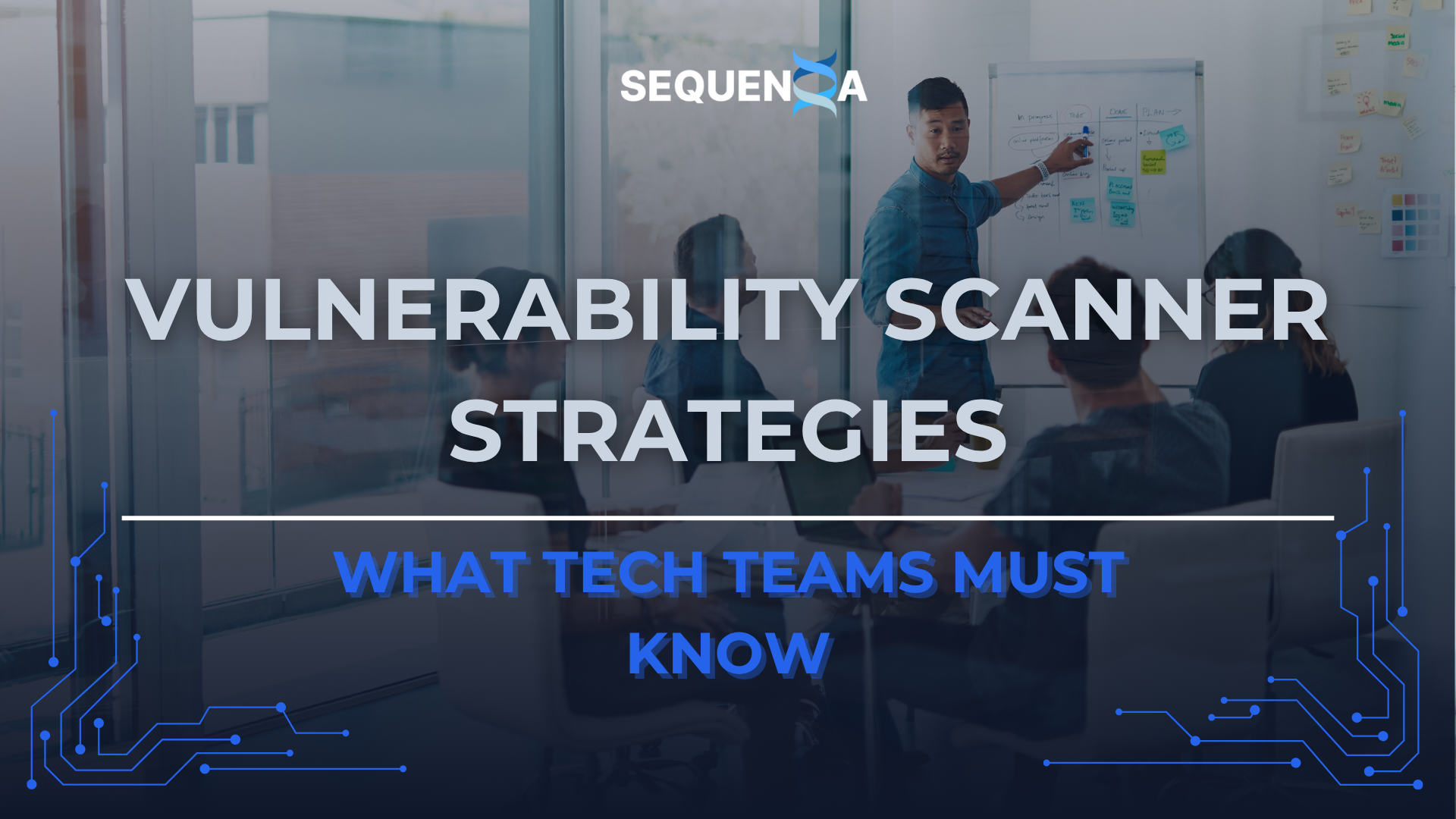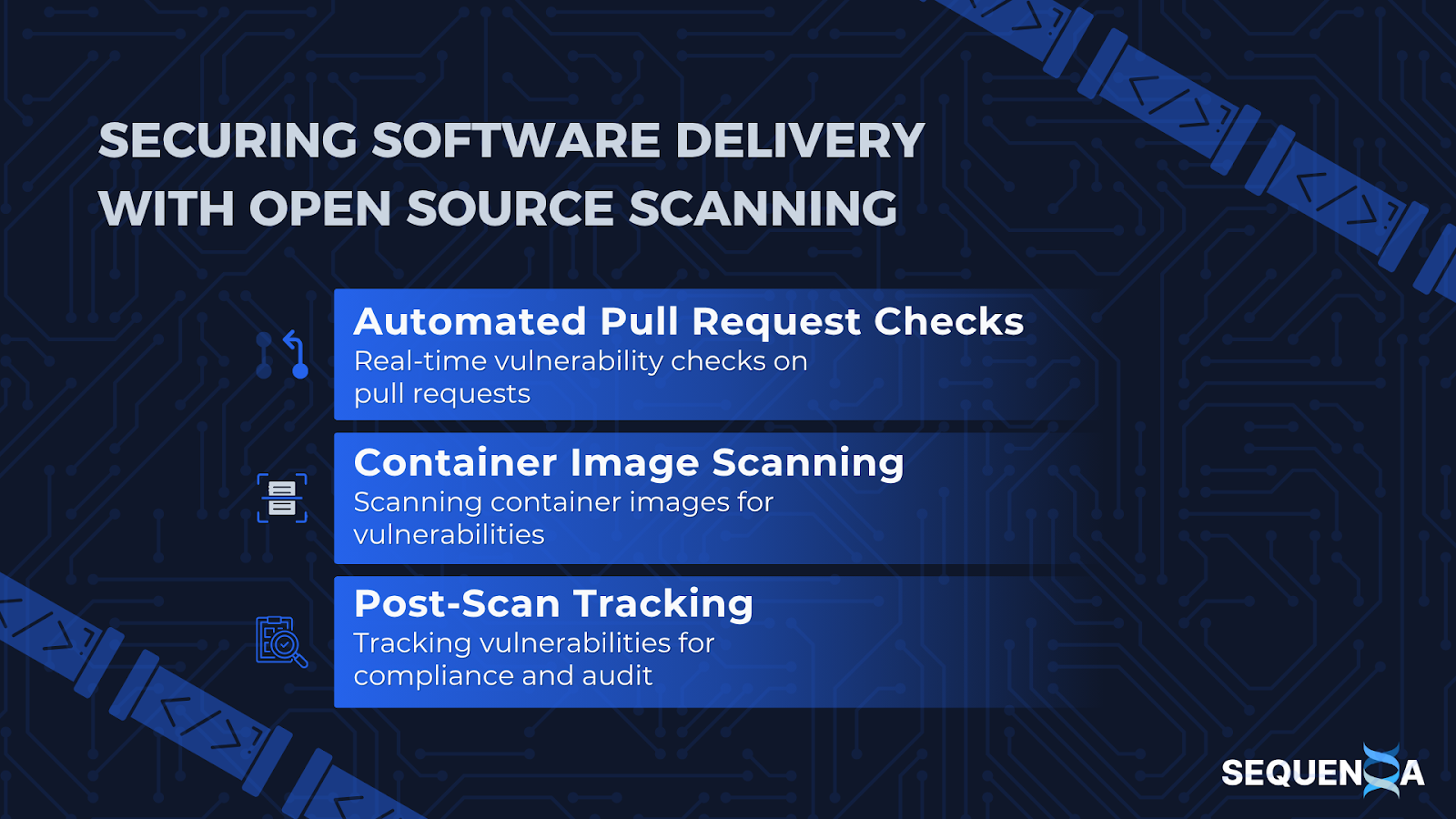Vulnerability Scanner Strategies: What Tech Teams Must Know

Hidden security flaws in code, unpatched Linux systems, and outdated open source components, these aren’t just technical glitches, they’re open doors to cyber threats. As cloud environments expand and threat actors get faster, organizations of all sizes need reliable, low-cost ways to find and fix vulnerabilities before they’re exploited.
This guide breaks down everything you need to know about vulnerability scanning tools open source users trust most, from choosing the best open source vulnerability scanner, to using open source vulnerability assessment tools for Linux, databases, and more. You’ll learn practical use cases, expert insights, real-world examples, and answers to the most common questions about open source vulnerability scanners.
Why Commercial Scanners Aren’t Always the Best Option
Many companies overpay for bulky tools they barely use. Open source vulnerability tools offer flexibility, community-driven updates, and robust functionality, all without the high price tag.
Expensive Doesn’t Mean Effective
Costly software doesn’t always translate to deeper or more accurate results. Many organizations find that scan open source software solutions provide comparable, or even superior, visibility into system vulnerabilities without vendor lock-in.
Vendor Bloat
Enterprise scanners often bundle unnecessary features, complicating workflows and delaying response. In contrast, open source vulnerability scanning tools are modular, letting you install only what matters.
Gaps in Customization
Security teams need control over scan frequency, reporting, and integrations.
Example: A SaaS startup reduced remediation times by 45% after switching from a legacy commercial scanner to an open source software vulnerability scanner stack.
Would your team benefit from lower-cost, developer-friendly scanning tools?
Paying enterprise prices for features you never use? See how Sequenxa replaces scanner bloat with lean, open-source–powered coverage
Linux Environments Need Specialized Scanners
Linux runs most cloud workloads, yet many overlook its need for dedicated scanning. General tools miss kernel-level issues and permission misconfigurations that can expose entire systems.
System-Level Scanning
There are tools specifically built to inspect the Linux OS, uncovering privilege escalations, outdated kernel modules, and insecure services. These linux vulnerability scanner tools offer deep OS-level visibility that traditional scanners often overlook. They are ideal for security hardening and compliance audits. in both enterprise and cloud-hosted Linux environments.
Container Integration
Open-source tools scan Linux-based container images to detect known CVEs, misconfigurations, and embedded secrets before deployment. By integrating into CI/CD pipelines, these open source security scanners help prevent insecure containers from entering production environments. This proactive layer of defense strengthens application security in DevOps workflows.
External Exposure Checks
Sequenxa can serve as a powerful VM scanning tool to evaluate the broader attack surface, including exposed Linux services and ports. It helps organizations detect external vulnerabilities that could be exploited over the network. Regular scanning with tools like Sequenxa ensures continuous visibility into internet-facing threats.
Did you know? More than 60% of cloud-based breaches involve vulnerabilities in Linux workloads (Red Hat State of Enterprise Open Source, 2023).
“Linux gives you flexibility, but with that comes complexity, security shouldn’t be an afterthought.”
Worried your Linux kernels hide more than you can see? Get end-to-end visibility and dark-web leak monitoring in one sweep
Database Vulnerabilities Are Often Overlooked
Databases store your most sensitive information, but many vulnerability assessments don’t dive into how these systems are configured or exposed.
SQL Injection Simulation
Sequenxa simulates real-world SQL injection attacks to expose exploitable flaws in your database logic, input validation, and query structure. As a database vulnerability scanner, it automates the detection of injection points and offers detailed remediation guidance. This is essential for identifying weak database interactions before attackers do.
Configuration Testing
Tools go beyond surface-level scanning by inspecting database authentication methods, open ports, and misconfigured services across systems like MySQL, PostgreSQL, and MongoDB. It functions as a comprehensive open source vulnerability assessment tool by helping organizations identify poorly secured access points and unnecessary exposures. This ensures databases are locked down from both internal and external threats.
Compliance Support
Some tools support regulatory compliance by evaluating encryption standards, role-based access control, and logging configurations. It helps validate your database’s adherence to compliance frameworks such as PCI-DSS, HIPAA, and SOX, making it a powerful part of your free vulnerability management tools suite. Sequenxa also generates audit-ready reports. for regulatory inspections.
“If your database security is ‘default settings,’ you're already behind.”
Is your data layer the silent risk in every audit? Lock down access and prove compliance fast with Sequenxa’s Origin identity checks
Don’t Ignore the Power of Free Vulnerability Management Tools
Scanning is only half the battle, managing findings, prioritizing fixes, and tracking trends are key to improving security posture.
Centralized Dashboards
Tools consolidate findings from multiple vulnerability scanning tools open source into a unified dashboard. This creates a single source of truth for vulnerability management, reducing the risk of fragmented data and oversight gaps. Centralized dashboards enhance efficiency by allowing security teams to prioritize threats based on real-time visibility.
Workflow Automation
These platforms integrate with popular issue trackers such as Jira and ServiceNow, automating ticket creation, SLA tracking, and remediation workflows. This seamless connectivity enables teams to act swiftly on critical findings, ensuring that no vulnerability slips through the cracks. Such integrations are particularly valuable for organizations using free vulnerability software or open source vulnerability scanning tools.
Cross-Team Visibility
By aggregating scanner outputs and presenting them in one place, these tools foster stronger collaboration among engineering, compliance, and security teams. Shared visibility ensures that remediation efforts are aligned with regulatory deadlines and business priorities. This integrated approach reduces bottlenecks and accelerates risk reduction across the organization.
Did you know? Teams using automated vulnerability management reduce average fix time by 30% (Gartner, 2023).
Are you still tracking critical vulnerabilities in spreadsheets?
What Makes the Best Open Source Vulnerability Scanner?
With dozens of options available, the key is understanding your environment, your team’s workflow, and your risk tolerance.
Speed vs. Depth
Tools like Sequenxa offer lightning-fast scans by targeting known vulnerabilities in packages and container images, making them ideal for CI/CD pipelines. It conducts comprehensive checks across services, ports, and configurations, though they require more time and resources. Balancing speed and depth is key when selecting the best open source vulnerability scanner for your workflow.
Ecosystem Compatibility
It's critical to ensure your chosen tool supports your specific environment, whether that's Linux, containers, databases, or cloud APIs. Some open source scanning tools are optimized for containers, while others specialize in server OS or database auditing. Using a mismatched scanner may result in blind spots and reduced effectiveness.
Automation Support
Look for scanners that offer API access, GitHub Actions, or CI/CD plug-ins to embed security checks directly into your development pipeline. Automation helps enforce consistent scanning at every stage, from commit to deployment, making vulnerability management proactive instead of reactive. Many open source vulnerability tools support webhook integrations to trigger alerts or remediation workflows instantly.
Community Activity
The most effective open source vulnerability assessment tools are those that are actively maintained, frequently updated with the latest CVEs, and backed by a strong user community. A vibrant project ensures that issues are fixed promptly and that the tool stays current with emerging threats. Community-driven projects continue to evolve based on user feedback and real-world usage.
“Choosing the right scanner is about fitting the tool to your threat model, not the other way around.”
Open Source Scanning in the DevSecOps Pipeline
Scanning early, and often, is the foundation of secure software delivery.

Automated Pull Request Checks
Tools integrate seamlessly with GitHub Actions to run vulnerability checks every time a pull request is made. This real-time feedback loop ensures developers catch and fix security issues before merging new code. It’s a proactive way to embed open source vulnerability scanning directly into your development workflow without disrupting productivity.
Container Image Scanning
They excel at scanning infrastructure-as-code and container images within CI/CD pipelines, flagging known CVEs, secrets, and misconfigurations before deployment. This reduces the risk of pushing vulnerable containers into production environments. It’s a critical feature for teams relying on open source software vulnerability scanner tools to secure their DevOps processes.
Post-Scan Tracking
After scanning, results can be exported into platforms for long-term tracking, audit readiness, and compliance documentation. This step helps teams build a historical vulnerability database and meet regulatory standards more easily. Such integrations support continuous monitoring and close the loop in a comprehensive free vulnerability management tools strategy.
Did you know? 85% of open source vulnerabilities are discovered post-deployment, when they’re hardest to fix (Snyk, 2023).
“DevSecOps only works if security tools speak the same language as developers, and open source scanners do.”
Are your pipelines scanning dependencies or just running unit tests?
FAQS
What’s the best open source vulnerability scanner for Linux systems?
There isn’t a single winner, choose a linux vulnerability scanner that matches your priorities. If you need baseline hardening, focus on one that inspects kernel settings and service permissions; for DevOps pipelines, favor image-aware scanners that embed directly into your builds. The ideal tool is the one your team will run consistently and triage quickly.
Can open source tools scan my database?
Yes. A purpose-built database vulnerability scanner can simulate injection attacks, confirm encryption settings, and check authentication strength across SQL and NoSQL engines. Pair automated scans with regular patching and least-privilege access to keep the data layer locked down.
Are free vulnerability management tools enough for enterprise use?
They can be, provided you invest time in deployment and tuning. Mature options now aggregate findings from tools that scan open source software, track remediation SLAs, and export audit-ready reports, functions that once required expensive commercial suites.
What are some open source scanning tools for CI/CD?
Look for lightweight command-line utilities that can scan open source software dependencies during every commit, fail the build on critical issues, and output results in standard formats (JSON, SARIF). Most popular version-control platforms support plugging these checks in with minimal scripting.
What’s the difference between vulnerability scanning tools open source vs. commercial?
Open-source scanners offer flexibility, transparency, and zero licensing cost, but typically require more in-house expertise for configuration and support. Commercial tools arrive pre-configured, include vendor assistance, and may feature broader compliance reporting, though at a higher financial cost and with less customization freedom.
Are Your Vulnerabilities Just Sitting There?
Security gaps don’t fix themselves, and delayed detection often leads to costly breaches. Whether you’re running cloud-native apps, Linux servers, or databases filled with customer data, the best open source vulnerability scanner tools can give you a head start on protection without draining your budget.
Can your team detect threats before attackers do? ? Partner with Sequenxa to build a scalable scanning program
References
Red Hat. (2023). State of Enterprise Open Source. Retrieved from https://www.redhat.com
Gartner. (2023). Vulnerability Management Trends. Retrieved from https://www.gartner.com
Snyk. (2023). Open Source Security Report. Retrieved from https://snyk.io/reports